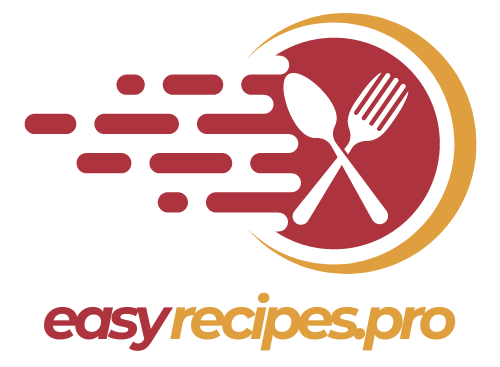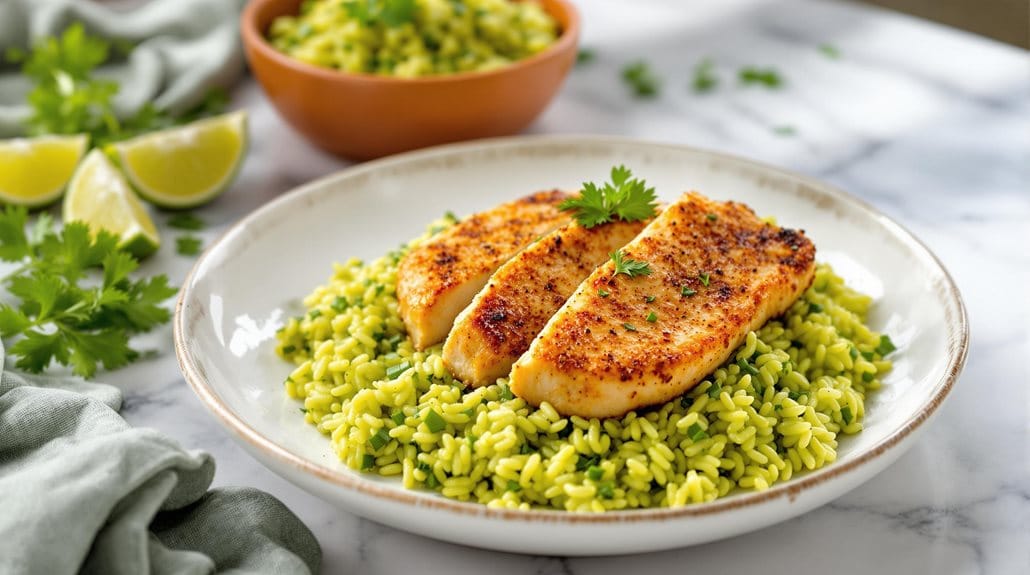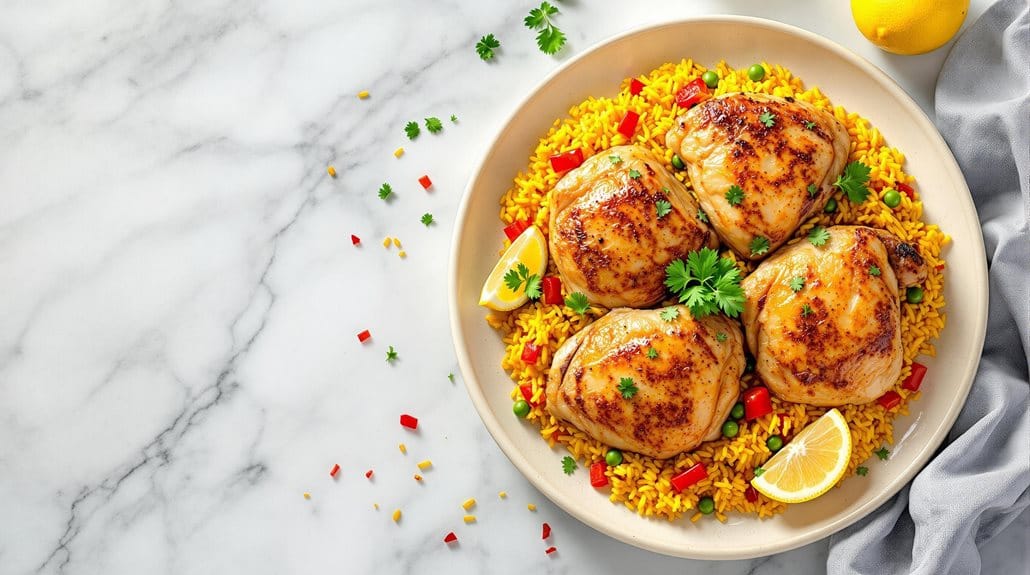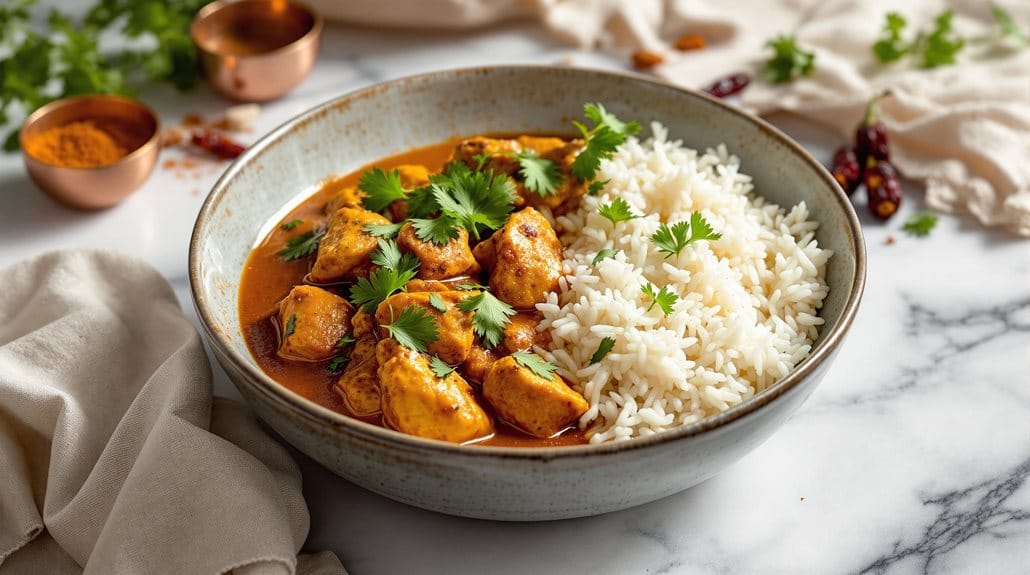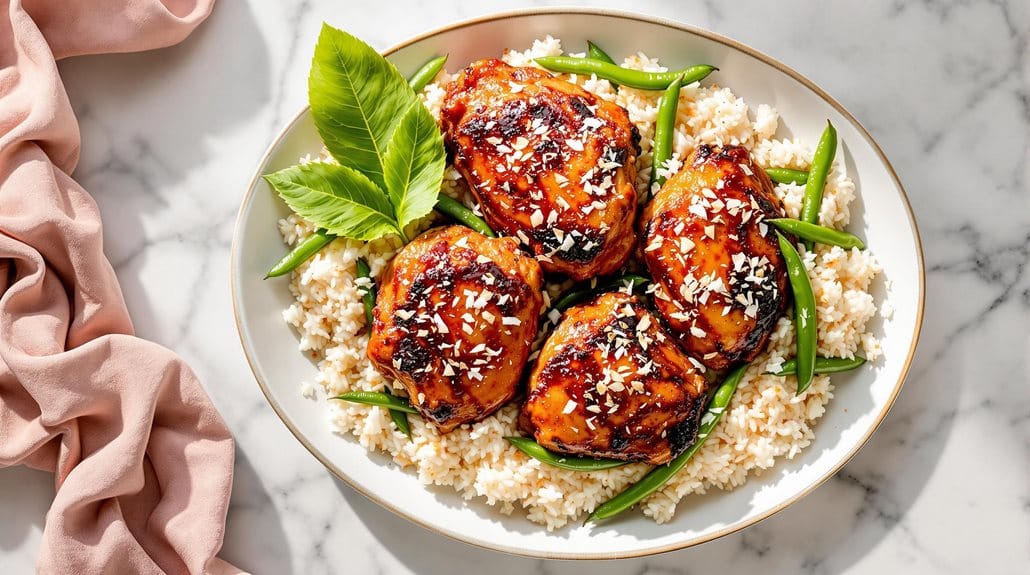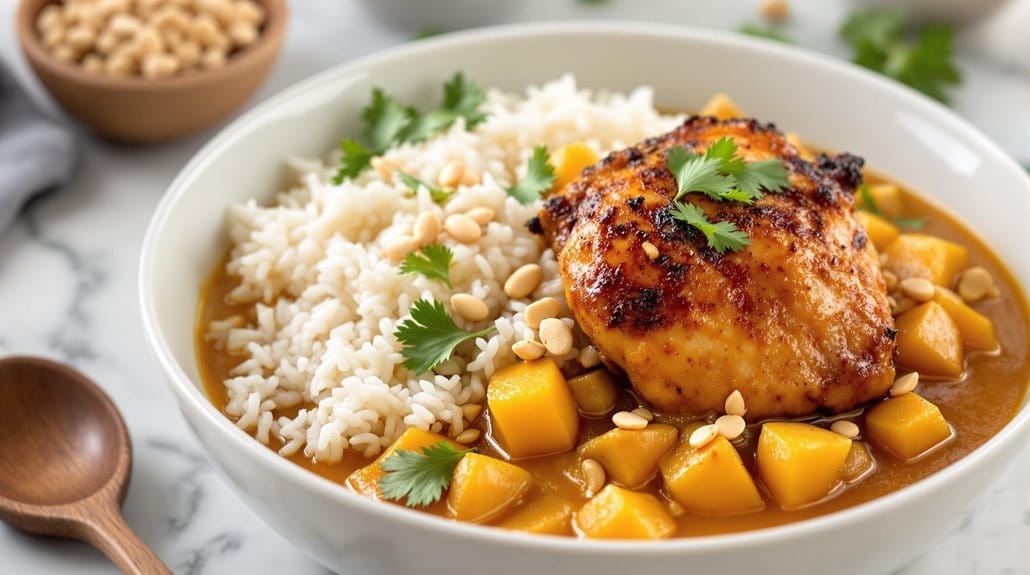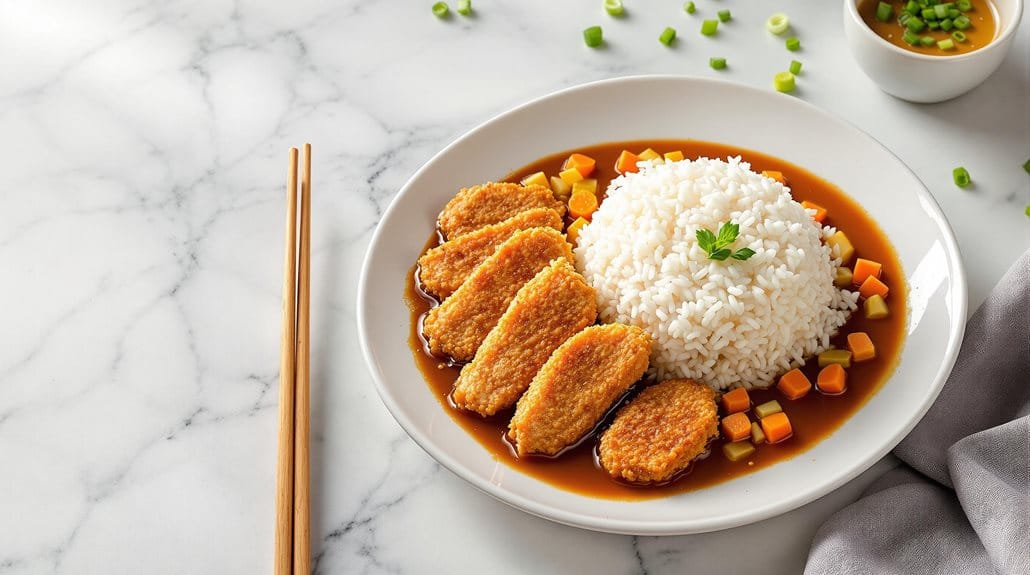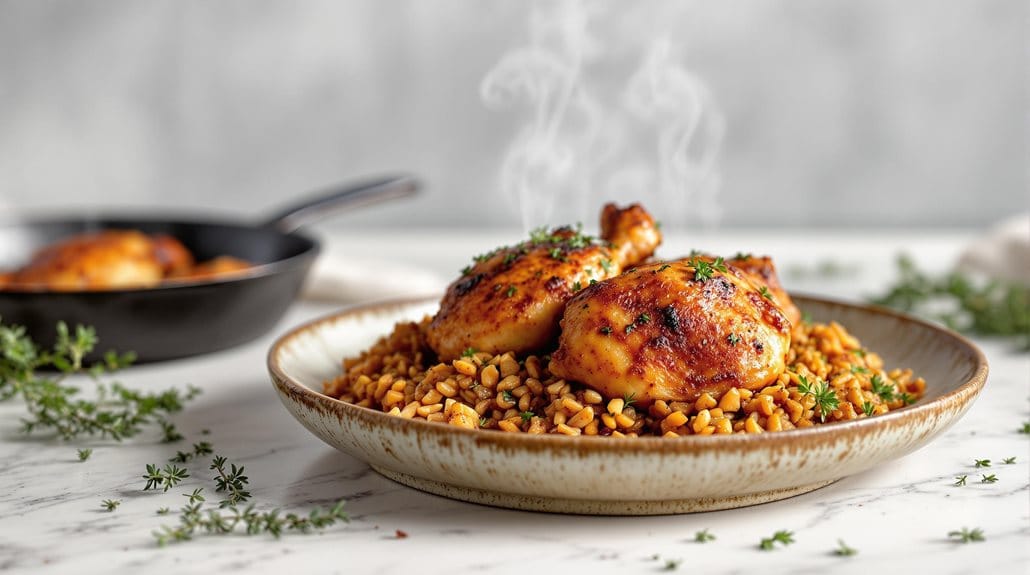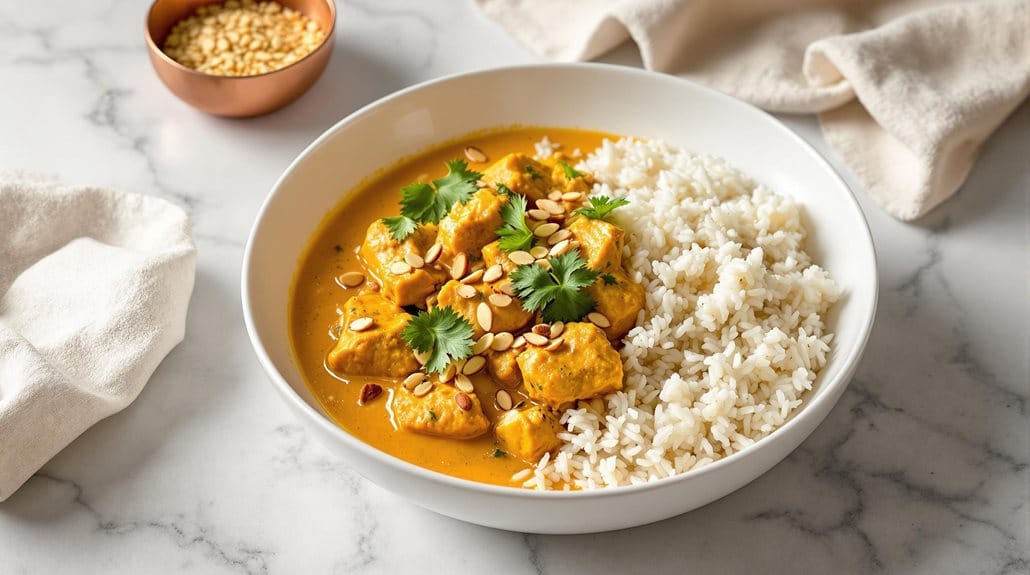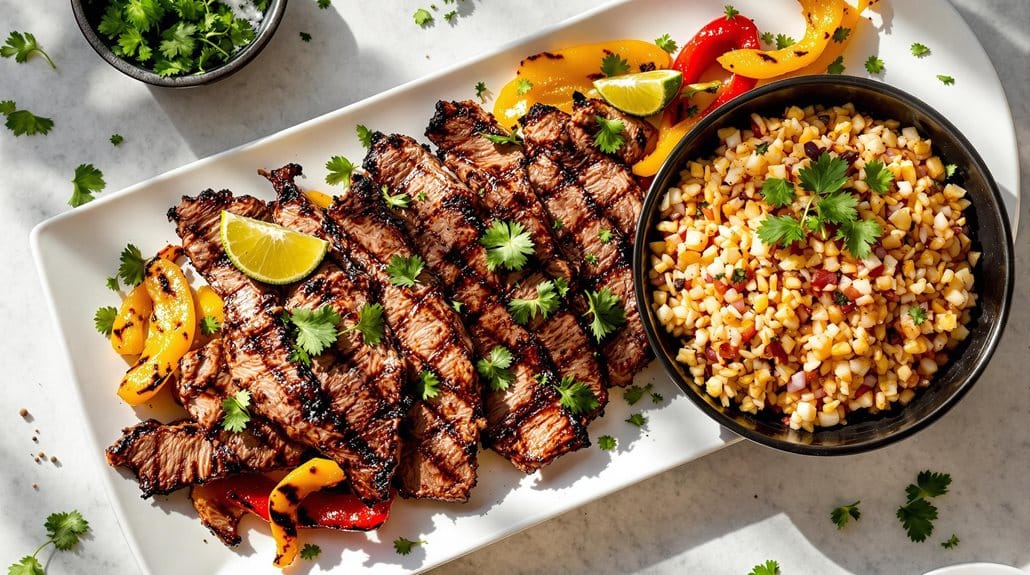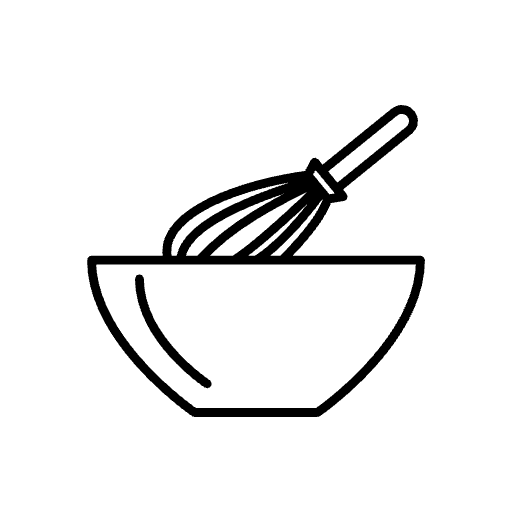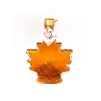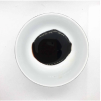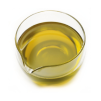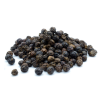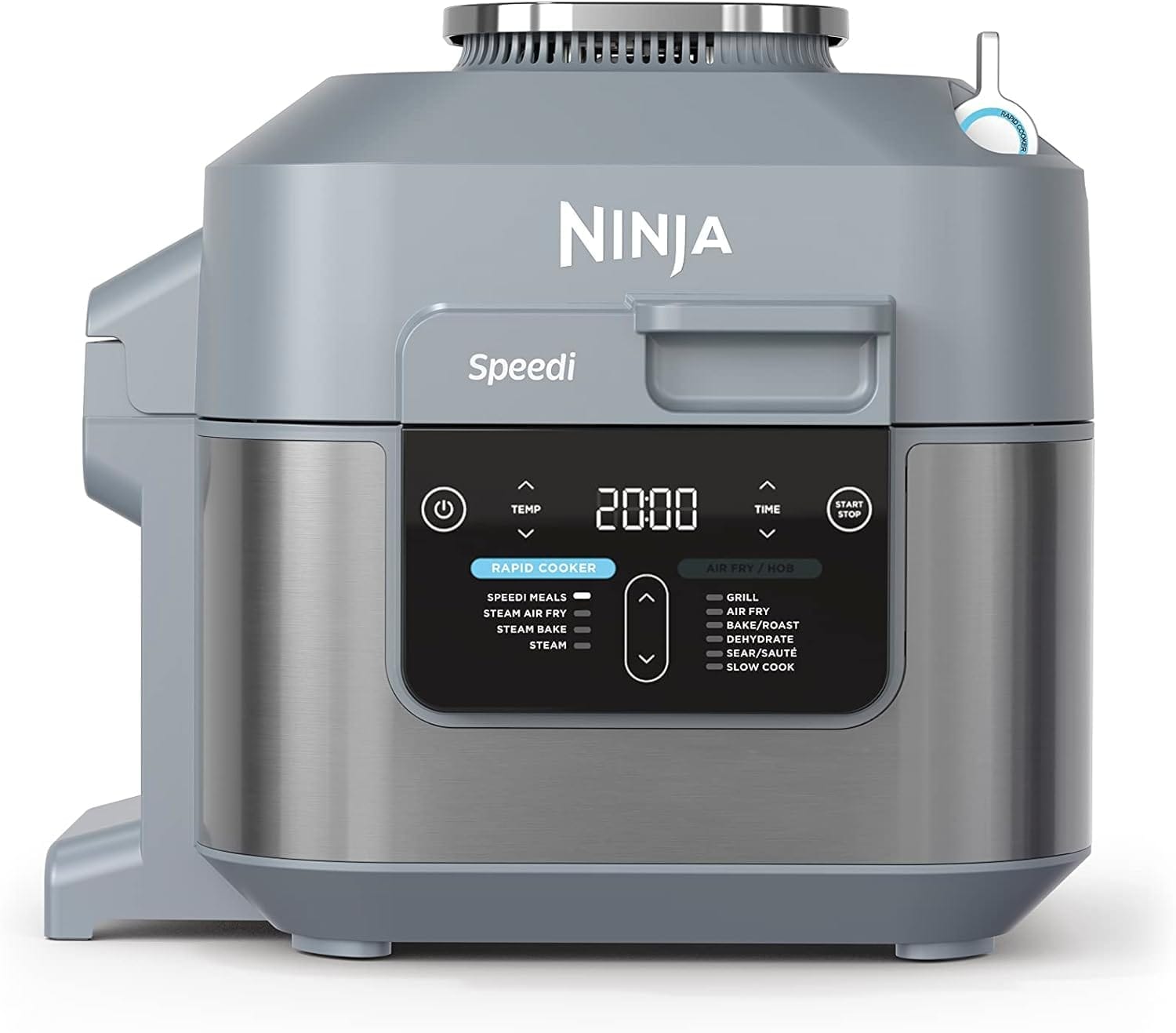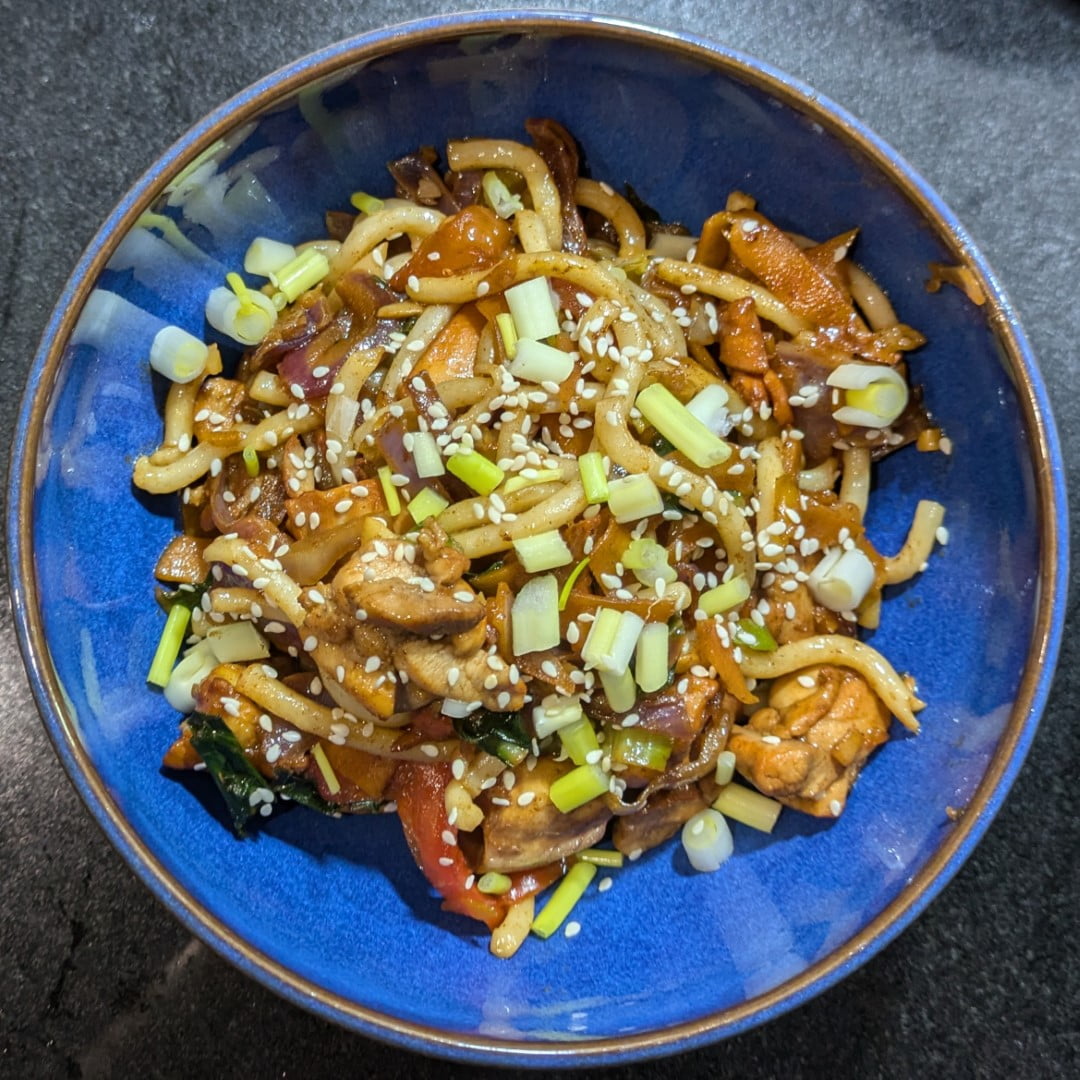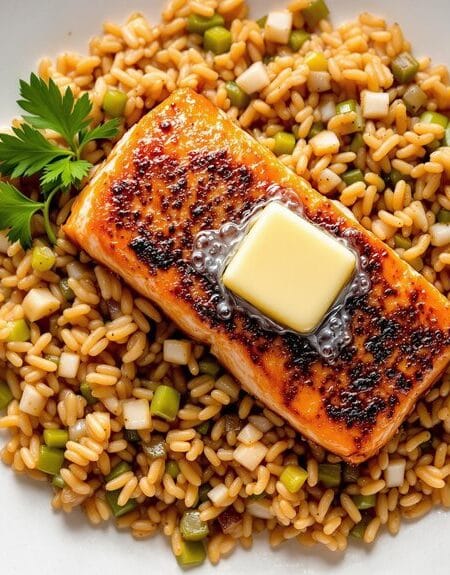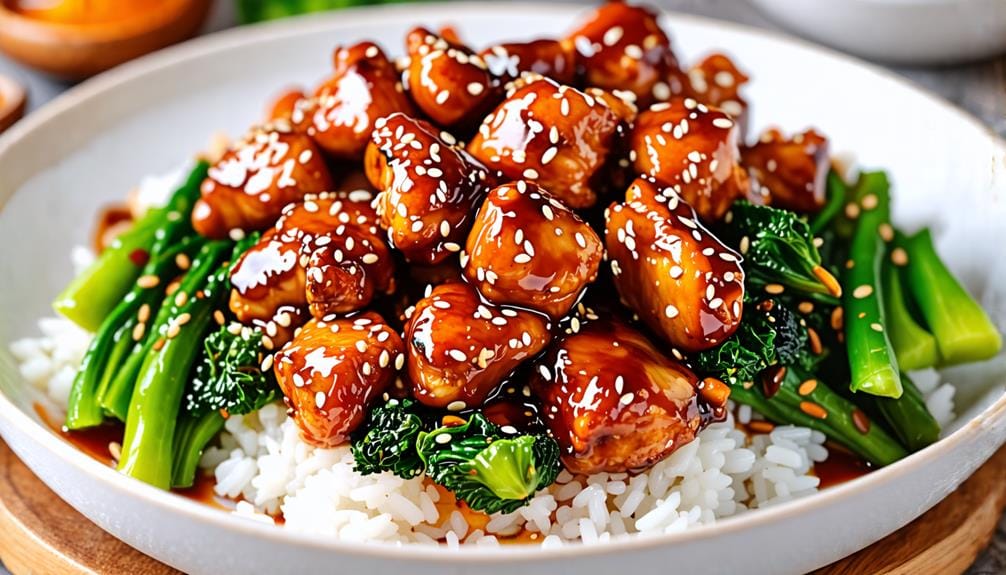| This one-pan maple-glazed salmon pairs perfectly with fragrant jasmine rice, all cooked together in the Ninja Speedi for maximum flavour infusion. The simple yet elegant combination makes an impressive weeknight dinner that’s ready in under 30 minutes. For the best caramelisation on the salmon, pat the fillets completely dry with paper towels before adding the maple glaze. |
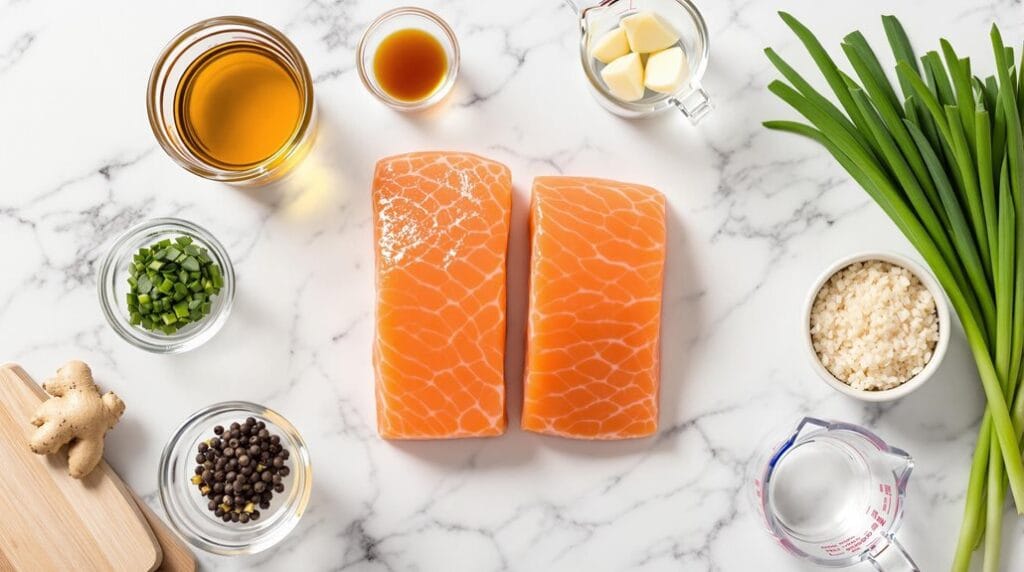
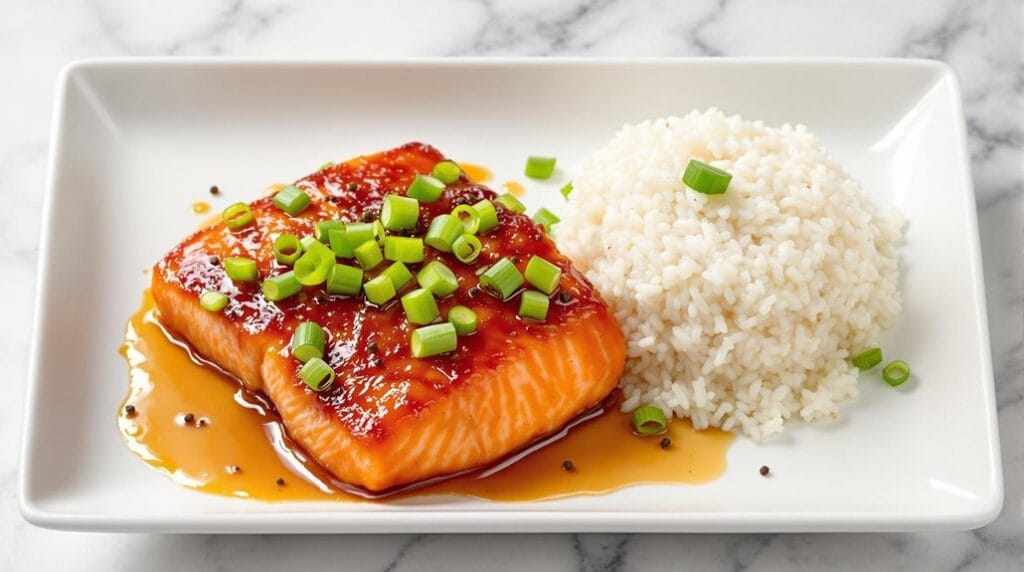
Maple-Glazed Salmon with Jasmine Rice in Ninja Speedi
Description
This delicious maple-glazed salmon combines the natural sweetness of pure maple syrup with savoury soy sauce and garlic, creating a perfectly balanced glaze that caramelises beautifully during cooking.
The Ninja Speedi's unique dual-cooking functionality allows you to steam rice or vegetables in the bottom while the salmon develops a gorgeous glaze and slightly crispy exterior on the crisping tray above.
Ingredients
Instructions
Bottom Pot:
- Rinse rice and place in bottom pot with water
- Add 1/4 teaspoon salt
Crisping Tray:
- Mix maple syrup, soy sauce, minced garlic, and grated ginger in a bowl
- Pat salmon fillets dry with paper towels
- Brush salmon with olive oil and season with black pepper
- Place salmon skin-side down on the crisping tray
- Brush generously with maple mixture
Cooking:
- Select Speedi Meals function
- Set temperature to 180°C
- Cook for 15 minutes, brushing salmon with remaining glaze halfway through
- Rice will steam while salmon cooks
Nutrition Facts
Servings 4
- Amount Per Serving
- Calories 1090.86kcal
- % Daily Value *
- Total Fat 60.17g93%
- Saturated Fat 13.09g66%
- Cholesterol 217.8mg73%
- Sodium 685.46mg29%
- Potassium 1586.39mg46%
- Total Carbohydrate 46.99g16%
- Dietary Fiber 0.81g4%
- Sugars 12.27g
- Protein 84.51g170%
- Vitamin A 231.27 IU
- Vitamin C 16.55 mg
- Calcium 78.54 mg
- Iron 3.36 mg
- Vitamin D 43.56 IU
- Vitamin E 15.09 IU
- Vitamin K 12.91 mcg
- Thiamin 1.07 mg
- Riboflavin 0.9 mg
- Niacin 36.24 mg
- Vitamin B6 2.62 mg
- Folate 109.48 mcg
- Vitamin B12 12.79 mcg
- Phosphorus 1014.7 mg
- Magnesium 129.96 mg
- Zinc 2.27 mg
* Percent Daily Values are based on a 2,000 calorie diet. Your daily value may be higher or lower depending on your calorie needs.
Note
Extra Tips: For best results, verify salmon fillets are similar in thickness for even cooking. The glaze can be prepared up to 24 hours in advance and stored in the refrigerator.
If the glaze starts to caramelise too quickly, reduce temperature to 170°C. Centre-cut salmon fillets work best for this recipe as they're typically uniform in thickness and cook evenly.
